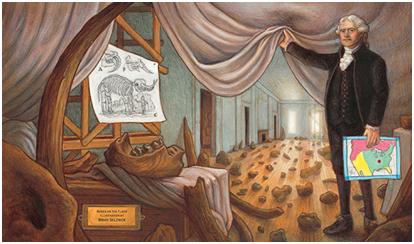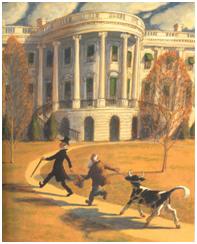One of my email correspondents asked me what I feared from an Obama/Biden/Reid/Pelosi election triumph.
I still think McCain will win the election, but here’s my response:
 Domestically:
Domestically:
My church does not ordain women, nor will we marry homosexual couples. Nor are we going to cease reading the Bible and preaching through all of the text. If Obama is elected president, I believe my church will lose its tax-exempt status and quite possibly face hate-speech/hate-crime charges within the next four years.
Obama will sign the federal freedom-of-choice act (he has pledged to do so in his first week) which will federalize the regulation of abortion, and repeal all state laws regulating abortion. There will be more abortions.
Obama will further federalize education. There will be pressure to enroll students at a younger age, and to “screen” families at risk for those in “need of services.” Nothing frightens homeschoolers more — with good reason.
Obama will seek to nationalize healthcare. This will result in higher taxes, lower to no economic growth, and a rationing of health care benefits. It works so well in Canada and the UK.
Foreign policy:
Obama will simultaneously capitulate in Iraq, abandoning everything that has been accomplished there while escalating in Afghanistan and Pakistan (partially in compensation). This will de-stabilize the region, leading to more bloodshed and more terrorism.
Obama will all-but-abandon our alliance with Israel, further emboldening the terrorist opponents of Israel. Significant loss of life and further terrorism.
Obama will appear reasonable to the Europeans and contemptible to the Russians, the Chinese, and the N. Koreans. The Europeans will continue to sneer at us behind our backs. The Russians and the Chinese will be emboldened and become more confrontational, believing they have little to fear by way of retaliation. The N. Koreans are just plain nuts. Obama’s new secretary of state will repeat Madeleine Albright’s hug of Kim Jong Il.
Obama’s reasonableness will be mistaken for weakness which will lead to power and territorial grabs by the Axis of Evil and we will be in another shooting war. In that war, the draft will be revived, “out of fairness,” and women will be included in the draft “out of fairness.” RedHatRob will go to jail attempting to resist the drafting of his daughters.
On the other Hand, if McCain wins . . .

Domestically:
McCain will not make federal hate-crime legislation a priority, thus postponing the creation of the thought-police for at least 4-8 years.
McCain will not federalize abortion regulation. Neither will the Supreme Court overturn Roe (much as I wish they would), but there will still be room for crisis pregnancy centers and adoption agencies to continue their work reducing the number of abortions.
McCain will not further federalize education (I wish he would repeal No Child Left Behind, but he probably won’t). Homeschoolers will still have to fight a never-ceasing battle to protect the right to homeschool against state legislatures, but at least the federal government won’t be leaning on the table-top tilting the playing field.
McCain will not institute nationalized healthcare. The people who pay taxes will breath a sigh of relief.
Foreign Policy:
The Europeans and the Axis of Evil won’t like McCain. But they won’t want to mess with him either. McCain will gradually withdraw combat troops from Iraq, without announcing any date certain for a complete pull-out. With a little luck, the Iraqi government will survive and the impact in the middle east will continue to be game-changing. McCain will retask the missions in Afghanistan & Pakistan, but quietly – no fanfare, no public announcements. That too has a reasonable chance to succeed.
McCain will continue US support for Israel. The Arab world won’t like it. But they won’t want to mess with him either.
N. Korea will remain nuts. Who knows?
There will be no need for a draft. Women will not be conscripted.
Oh… and we will have our first woman elected as Vice President!
Caveat:
On two issues, McCain will disappoint conservatives.
One: He will push an immigration reform package which includes amnesty for those already here.
Two: He will push an energy package which will fund research into alternative energy sources, open up drilling in limited parts of AK and the gulf & east coast, AND which will impose some sort of carbon emissions reduction scheme. Everybody will like parts of it and hate parts of it. The global warming component will be increasingly embarrassing as temperatures fall and new records are set for colder winters, more snowfall, and larger icecaps. But it will pass anyway, cause most congressman are stupid.
you asked…
– Rob Shearer (aka RedHatRob)

 Domestically:
Domestically:

















